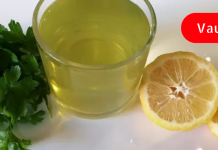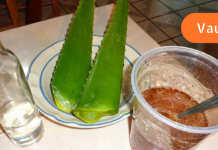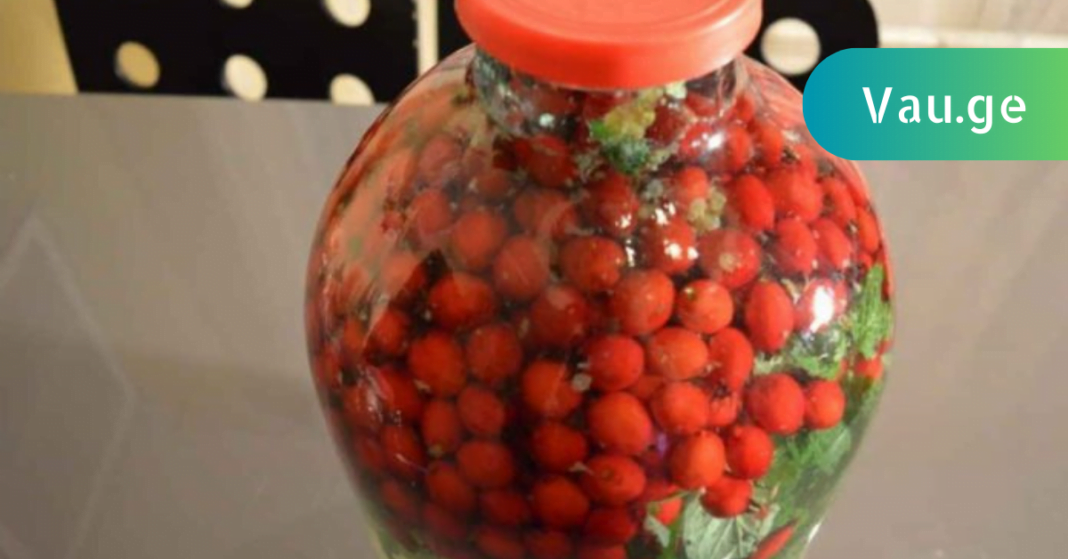Gout, also known in Georgian as “Nikrisis Kari,” is a fairly common condition in our region. Despite its prevalence, most people have only a limited understanding of the disease, often associating it solely with pain and inflammation in the joint of the big toe. While it’s true that gout typically affects the joints of the lower limbs, the condition itself is far more complex and potentially dangerous than it appears at first glance.
The term “gout” originates from the Greek word “podagra,” which literally means “foot trap,” referring to the sudden and severe pain it can cause, particularly in the feet. However, gout is not just a localized joint problem. It is a systemic condition that can lead to serious complications if left untreated. Beyond the joints, gout can cause significant damage to internal organs—especially the kidneys—which is why early diagnosis and proper management are essential.
Gout is a metabolic disorder caused by a disturbance in the body’s ability to process purines—substances found in certain foods and naturally occurring in the body. When purines break down, they produce uric acid. In people with gout, either the body produces too much uric acid or it fails to eliminate it efficiently through the kidneys. As a result, uric acid builds up in the bloodstream, leading to a condition known as hyperuricemia.
Over time, excess uric acid forms needle-like crystals that accumulate in the joints and tissues, triggering inflammation, swelling, and intense pain. In addition to joint damage, these crystals can lodge in the kidneys and blood vessels, leading to long-term complications.
There are two primary contributing factors to gout: genetics and diet. Genetic predisposition often involves abnormalities in enzymes that regulate purine metabolism. When these enzymes don’t function properly, purine synthesis is accelerated, increasing uric acid levels. In parallel, dietary habits play a significant role. Consuming large amounts of purine-rich foods (such as red meat, seafood, and organ meats), sugary beverages, fatty foods, and especially alcohol can aggravate the condition.
Home Remedies for Gout Relief
Despite the seriousness of gout, there are natural remedies that can help manage and even alleviate its symptoms. Below are some time-tested home treatments that are simple to prepare and use:
- Red Cranberry Tea: Steep 20 grams of red cranberries in one cup of boiling water. Take one tablespoon of this tea three to four times daily. This natural tea has anti-inflammatory properties that can help reduce pain and inflammation.
- Herbal Blend Infusion: Mix 20 grams each of yarrow, chamomile flowers, linden blossoms, and marigold flowers. Place the mixture in a porcelain container, pour in one liter of boiling water, and cover tightly. Let it sit in a hot water bath for 15 minutes. Then, cool to room temperature, strain, and squeeze out the remaining mixture. Add boiled water to bring the volume back up to one liter. Store in the refrigerator and consume half a cup four times a day, 30 minutes before meals. This infusion is effective for joint detoxification and inflammation.
- Maryam’s Thistle (Blessed Thistle) Tea: Pour two cups of boiling water over three teaspoons of blessed thistle and let it sit for two hours in a covered container. Strain and drink half a cup four times a day, before meals. This herbal tea supports liver function and aids in purine metabolism.
- Topical Stinging Nettle: During acute gout flare-ups, apply stinging nettle directly to the painful joints. This traditional method helps to stimulate circulation and reduce inflammation. The next morning, clean the area with kerosene (a traditional folk method). While unconventional, this has been used in rural remedies.
- Garlic and Lemon Tincture: Drink a tincture made from garlic and lemon in the morning. This combination helps cleanse the blood and boost immune function, both of which are important in managing gout.
- Daily Apple Consumption: As part of your dietary routine, eat apples in the morning and evening, either 40–60 minutes before meals or 2–3 hours after. Apples are rich in fiber and antioxidants, helping the body eliminate excess uric acid more effectively.
Final Thoughts
While herbal and home remedies can significantly help with symptom management, it is crucial to remember that gout is a chronic condition that requires a comprehensive approach. Regular medical checkups, appropriate medication if prescribed, a balanced diet, and lifestyle changes must go hand in hand with natural treatments.
If you’re struggling with gout, try incorporating these remedies into your routine—but always consult your doctor before starting any new treatment. With the right care, it’s entirely possible to reduce the frequency and severity of gout attacks and improve your overall quality of life.


















